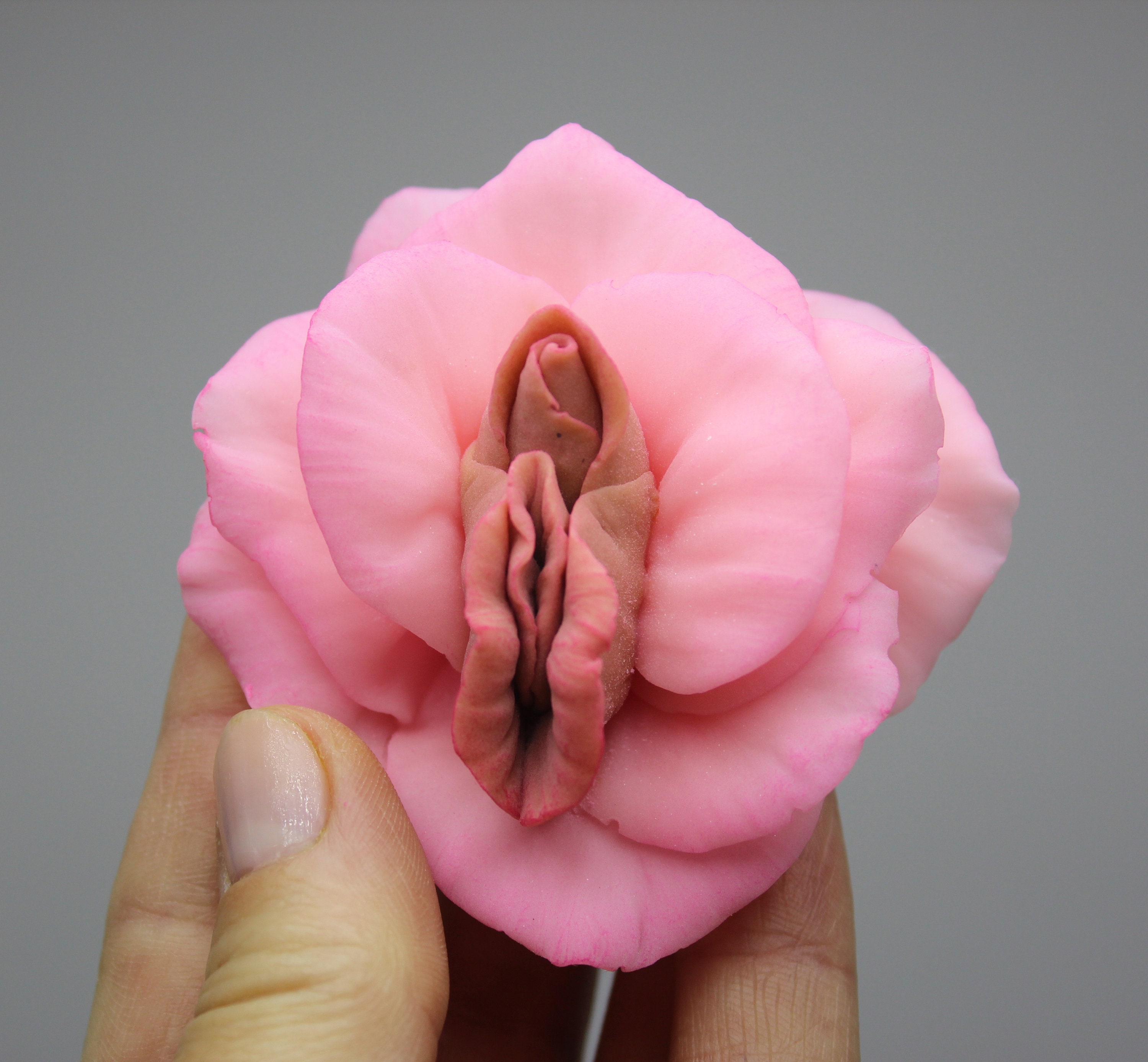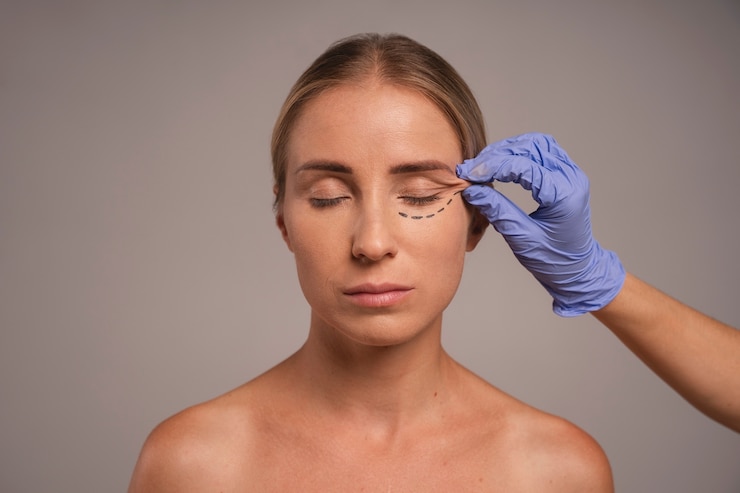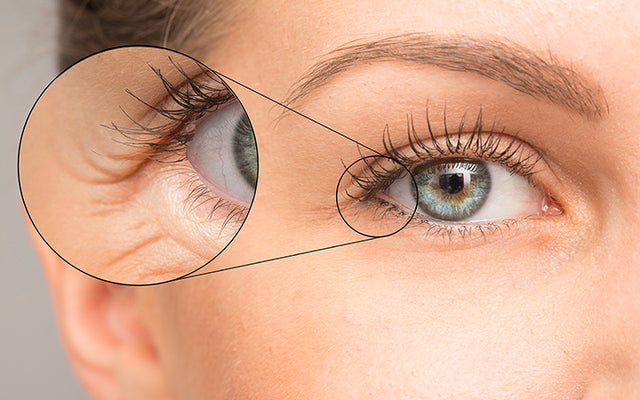 Zapier Automation – Automate Publishing. Free Your Time!
Zapier Automation – Automate Publishing. Free Your Time!
Is hymen repair surgery painful?
Written by Muhammad Ahmad » Updated on: June 17th, 2025

Hymen repair surgery, also known as hymenoplasty, is a procedure that aims to restore or reconstruct the hymen, the thin membrane that partially covers the vaginal opening. This surgery is often sought for various personal, cultural, or medical reasons. However, many individuals contemplating the procedure are concerned about the potential pain involved. Understanding the pain and recovery process is crucial for anyone considering Hymen repair surgery Dubai. This article explores the pain associated with the procedure, how it is managed, and what to expect during recovery.
Understanding Hymen Repair Surgery:
Hymen repair surgery involves surgically stitching the remnants of the hymen back together or reconstructing the membrane using tissue from other parts of the body. It can be performed under local anesthesia, where the area is numbed, or under general anesthesia, depending on the complexity of the surgery and the patient's preferences.
The procedure is typically performed on an outpatient basis, meaning the patient can go home the same day. After the surgery, patients are advised to avoid certain activities, such as sexual intercourse, to allow for proper healing. Despite its cosmetic and emotional significance for some, it's essential to address the potential discomfort or pain during and after the surgery to ensure a realistic understanding of the process.

Is Hymen Repair Surgery Painful?
Pain tolerance varies from person to person, so the level of pain experienced during hymen repair surgery can differ. However, most patients report that the surgery itself is not extremely painful because it is performed under anesthesia. The key point to understand is that pain is typically managed effectively during the procedure with medication. The real concern arises during the recovery phase when the anesthesia wears off and the body begins to heal.
Immediately after the surgery, patients may experience some discomfort as the anesthesia begins to wear off. This is a common experience in many surgical procedures. The area around the vagina may feel tender, swollen, or bruised, leading to mild to moderate pain. This discomfort can last for several days, but it is usually manageable with over-the-counter pain medications like ibuprofen or prescribed painkillers. The level of pain experienced can vary depending on individual pain thresholds, the extent of the surgery, and whether there were any complications during the procedure.
The Evolution of Views on Hymenoplasty
Over the years, attitudes toward hymenoplasty have evolved, particularly as more information about the procedure and its ethical implications has become accessible. While the procedure has certainly been a source of controversy, it has also led to important conversations about women’s rights, autonomy, and the societal pressures that shape perceptions of female sexuality.
As feminist movements continue to challenge traditional gender norms and push for greater gender equality, hymenoplasty remains a powerful symbol of the ways in which society seeks to control and regulate women's bodies. For many, the debate over hymenoplasty is about more than just a surgical procedure—it’s about questioning the deep-rooted societal structures that dictate how women should look, behave, and live their lives.
Factors Affecting Pain Levels During Hymenoplasty:
Several factors contribute to the pain levels experienced during and after hymen repair surgery. Some of these factors include:
1. Type of Anesthesia Used:
The type of anesthesia plays a significant role in managing pain during the procedure. Local anesthesia numbs only the area around the vagina, while general anesthesia puts the patient into a deeper state of unconsciousness. Patients who opt for general anesthesia are likely to feel less discomfort during the surgery itself, as they will be completely unaware of the procedure.
2. Complexity of the Surgery
The complexity of the hymen repair surgery can also affect the pain level. For instance, if the hymen has been significantly torn or if the tissue needs to be taken from another area of the body to reconstruct the hymen, the recovery time and pain may be more significant. A simpler repair, on the other hand, may result in less pain and a quicker recovery.
3. Patient’s Pain Tolerance
Each individual has a different pain threshold, so while one patient may feel minimal discomfort, another may experience more intense pain. It is essential for the patient to communicate with their surgeon about their pain tolerance and any concerns they have regarding pain management.
4. Post-Surgical Care
Proper post-surgical care is crucial for minimizing pain during recovery. Following the surgeon's instructions on aftercare, including how to manage swelling, apply ice packs, and keep the area clean, can reduce the risk of complications and the severity of pain. Improper care can lead to increased pain, infections, or other issues that may delay healing.
Recovery and Pain Management
The recovery process after hymenoplasty typically lasts a few weeks, during which time patients may experience some level of discomfort. However, the pain is usually manageable and tends to subside as the healing progresses.
Immediate Post-Surgical Pain
Immediately after the surgery, patients may feel groggy and experience mild to moderate pain, especially as the anesthesia wears off. Swelling, bruising, and tenderness are common side effects, and pain can be controlled with medications prescribed by the surgeon. Patients should expect some vaginal discharge, which is normal as the body heals.
The First Few Days
In the first few days following the surgery, pain may be at its peak due to the body's initial healing response. The swelling and bruising can make it uncomfortable to sit or walk, but these symptoms usually start to improve after a few days. Pain medications, along with warm compresses and gentle care, can help reduce discomfort.
Ongoing Recovery
As the body heals, the pain will gradually decrease. By the end of the first week, most patients feel significantly less discomfort. The surgeon will typically schedule a follow-up appointment to ensure proper healing and to check for any signs of infection. Patients may still experience some tenderness or mild pain for several weeks, especially if they engage in activities that place strain on the area, such as sexual intercourse or vigorous exercise.
Potential Complications That Can Increase Pain
While hymen repair surgery is generally safe, there are some potential complications that could lead to increased pain. These include:
1. Infection
Infections are a risk with any surgical procedure. Symptoms such as increased pain, redness, warmth, and discharge may indicate an infection. If not treated promptly, an infection can cause significant pain and may require antibiotics or further treatment.
2. Scar Tissue Formation
In some cases, the body may form excess scar tissue as it heals, which could cause discomfort or pain during the recovery process. This can be addressed with follow-up care and sometimes additional treatments if necessary.
3. Excessive Swelling
While some swelling is normal after hymenoplasty, excessive swelling can increase pain levels and delay the healing process. Proper post-surgical care, including elevating the legs and applying ice packs, can help manage swelling and discomfort.
Long-Term Pain
For most patients, the pain associated with hymenoplasty resolves within a few weeks. However, in some rare cases, patients may experience chronic pain, especially if complications arise during healing. This can be managed with additional medical treatment, such as physical therapy or other interventions to address nerve-related pain.
Conclusion:
Hymen repair surgery, while not generally considered to be excessively painful during the procedure itself, does involve some level of discomfort during the recovery phase. The pain is usually mild to moderate and can be effectively managed with medication and proper aftercare. Factors such as the type of anesthesia used, the complexity of the surgery, and the patient's individual pain tolerance all play a role in determining the pain levels experienced. While recovery times vary, most patients find that the pain significantly decreases within the first few days to weeks. Following the surgeon's post-surgical instructions is essential for a smooth recovery with minimal pain.
Note: IndiBlogHub features both user-submitted and editorial content. We do not verify third-party contributions. Read our Disclaimer and Privacy Policyfor details.
Copyright © 2019-2025 IndiBlogHub.com. All rights reserved. Hosted on DigitalOcean for fast, reliable performance.














